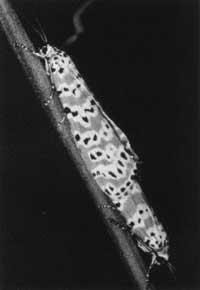Falopio, Gabriel
1995/08/02 Azkune Mendia, Iñaki - Elhuyar Fundazioa | Kaltzada, Pili - Elhuyar Zientziaren Komunikazioa
(1523-1562)
This Italian anatomist surgeon was born in Modena (Italy) in 1523. XVI. It is the most important anatomist of the 20th century. He was a kalonje in the cathedral of Modena, but returned to study medicine at the University of Ferrara, where he was professor of anatomy. In 1548 he was appointed professor of surgery and anatomy at the University of Pisa, since he held until 1551. He also obtained the chair of the University of Padua.

When the bodies were dissected, Fallopian carried out complete studies. His results were published in Observationes Anatomicae. All these observations led him to discover important things. Among them are the epiphysis (end of a long bone with red marrow), the periosteum (conjunctive membrane that surrounds the bone), some bones of the head, the Fallopian ligament, the inner ear and various internal parts of the genital organs of both sexes. In the case of the inner ear he described the eardrum rope, the semicircular canals and the fallopian aqueduct. In the case of genital organs he described the pipes that lead the eggs from the ovary to the uterus. Fallopian did not know the function of these tubes, since the eggs were not found before another three centuries passed. These tubes are now called fallopian tubes. This small tube is cated, has a very complex caliber or diameter and is covered by a cylindrical columnar epithelium of between 10 and 14 centimeters in length. This organ suffers frequent inflammations, two of them called salpingitis and annextis.
In the case of salpingitis, inflammation may be unilateral or bilateral more common. Normally, inflammations can have more than one Jute origin, inflammation of the homeland, postabortion inflammation and gonococia (inflammation produced by gonococcus). Thanks to antibiotics, severe complications (peritonitis) are very rare and cases with effects (sterility) have been considerably reduced.
Annexation hinders the size or diameter of the tube and can cause infertility. The causes of this inflammation are microbes.
In some cases, fertilized eggs may remain in the mucosa of the tube, so it is usually an abnormal pregnancy called tubal.
Gabriel Falopio died in Padua (Italy) on October 5, 1562.

Gai honi buruzko eduki gehiago
Elhuyarrek garatutako teknologia






